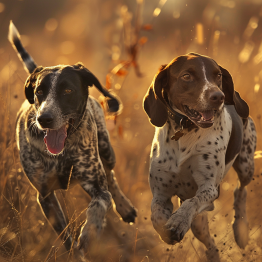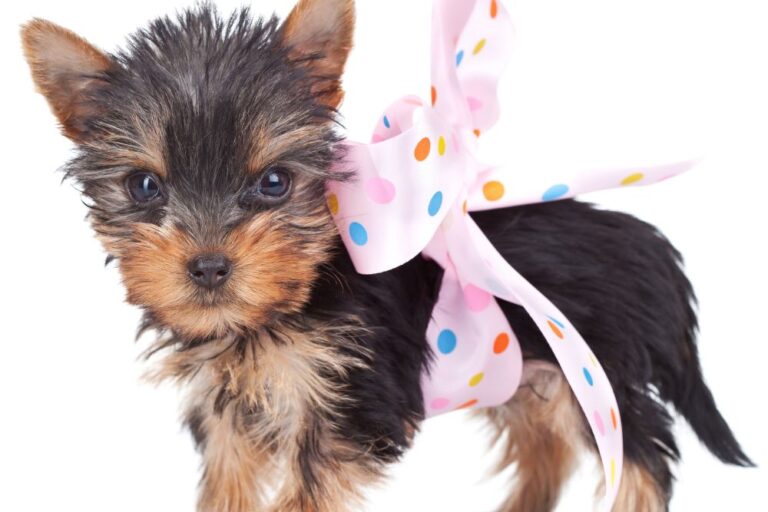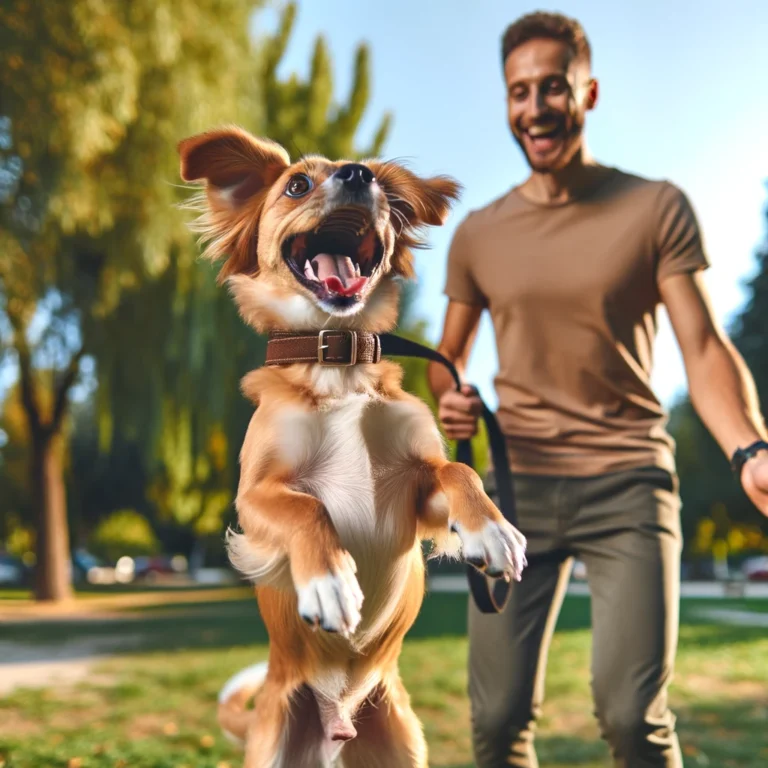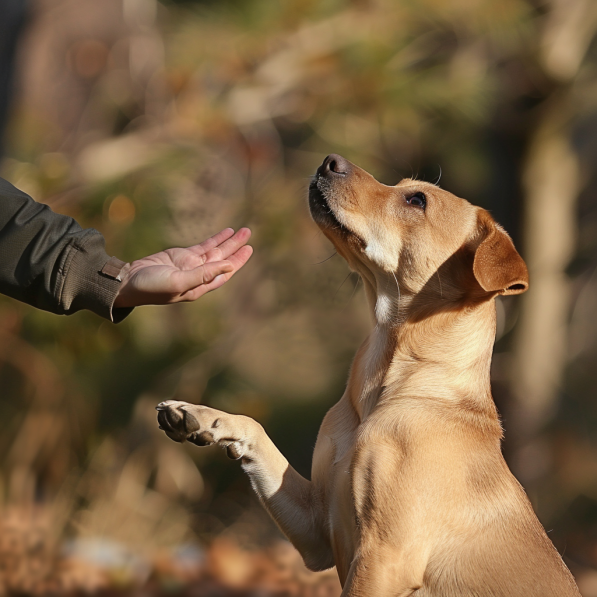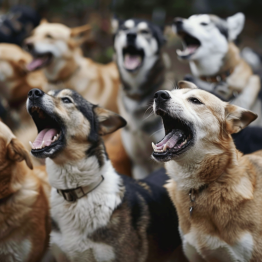Dog Agility Training
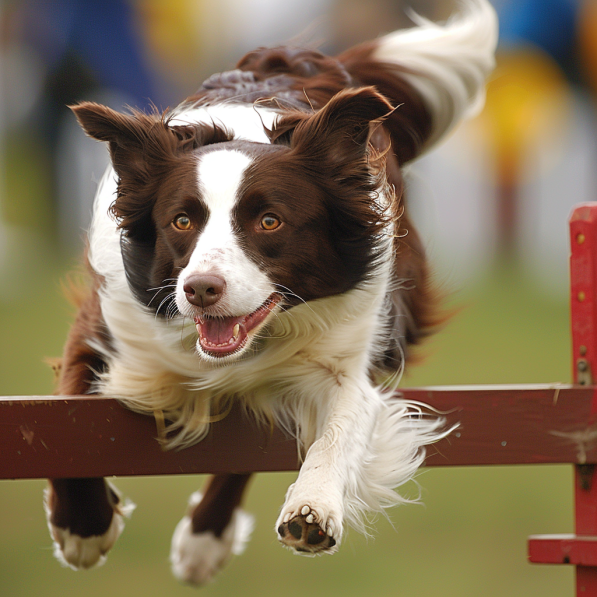
Dog Agility Training
Bombshell.. Dog agility training is an awesome activity for all dogs, not just elite K9 athletes!
Let’s get going with dog agility training here.
Don’t freak out watching an event on television or at a dog show. Truth is you do not need a super dog athlete for dog agility training. Any breed can do it and even compete! This includes mixed breeds and rescue dogs! Older, overweight and arthritic dogs can run agility, as well as, older, overweight, arthritic owners!
Agility exercises can be as easy or difficult as you make them. Simple dog agility training is both fun and beneficial for you and your favorite companion. Not only does agility provide exercise, it strengthens the bond between handler and dog.
Honestly, all you need to begin agility training is your dog, a sense for fun and a little patience. Simple obstacles can be made at home and techniques found here at Dog Training Geek will get you started.
Put that overly energetic dog to work with dog agility training and let the pent up energy burn away!
Nervous dogs will also benefit and build confidence. Lazy, or overweight dogs will get in to shape. Should your dog excel at agility, take it to the next level and compete. Dog agility training is a blast and fun for any dog, any breed, any age.

Dog Agility
Is a fun activity for you and your companion which provides a bond, exercise and stimulates natural instinctive behavior. Cash prizes, awards and trophies too! Maybe you’ve attended an dog agility event, or watched one on television, aren’t they awesome? The great thing about agility is any dog is eligible to compete!
The United States Dog Agility Association, Inc. (USDAA), is the world’s largest independent dog agility organization, there are also many smaller groups and breed specific meets in which agility trials are run.
Mixed breed owners don’t worry! Most all agility events are open to any breed/mix. Your dog can compete in agility events sponsored by the US Dog Agility Association (see above) and the North American Dog Agility Council (NADAC). Also, there are many, many clubs that run agility in just about every state so it’s never too late to get started.
I’ll never forget my visit to the Great Dane Nationals in Lancaster, PA. To watch these 150 pound canine athletes run agility was nothing short of amazing! You see, just about any dog can be trained, run agility and have fun:)
What is dog agility?
Dog agility is a sport in which handlers run their dogs off leash through a series of obstacles. This is a timed event in which quickest time wins while time penalties are added for faults. A fault can be an on course error such as not clearing a gate, or, failure to complete the course based on a pre determined standard course time, (SCT).
Course and obstacles are typically set up by the agility judge or organization sponsoring the event. Obstacles can vary by event and typically include jumps, tunnels, teeter totters, ramps, dog walks, weave poles, platforms, even pause tables. Contact obstacles are marked with a contact zone that the dog must hit during the run. The handler can not touch the dog during its run. Yet certain events allow for leash control with dogs in the novice/beginner class.
Voice commands, hand signals and body movement are crucial and the only means in which to help guide your dog through the course.
Dog Breeds
Petsafe Agility Bar Jump
While certain breeds excel at dog agility training, any breed can participate. In open agility competition most organizations will separate individual dogs by by size, typically measured height to the withers.
At certain events some groups are separated by skill level as well. For example, novice, intermediate and advanced. Even if you will never compete, or, have a slower, older dog. Dog agility training can be as simple or advance as you make it.
Bottom line, agility is great fun for both you and your dog, will form a bond, provide exercise and stimulate the canine mind. Excellent!

Dog Agility Training – Let’s Get Started
As with any growing puppy, especially large and giant breeds, it’s a good idea to GO EASY on the hard physical running and jumping until a year of age or so. Training the basics however, such as commands, navigating obstacles such as the tunnel, can start early on. On that note, a good understanding of basic obedience should first be well established. Your pup will need to focus on your commands, signals and movement to learn the agility course.
IMPORTANT: Before you start dog agility training with an older dog, or a dog with suspected health problems such as arthritis or dysplasia, please consult your Vet for an exam.
Basic dog agility training can begin with something as simple as a treat, toy, reward or similar lure. Begin slowly and coax your dog to follow you around and attempt simple obstacles such as the tunnel, or a low jump.
Our initial focus when dog agility training is to set the foundation, at first, work out each obstacle alone. Once this foundation is achieved move on to completing obstacles in sequence. Lastly, we’ll complete obstacles over a distance and then work on your dog’ speed. Remember, the final goal will be completing all obstacles in proper sequence at full out speed!
Enthusiasm and energy should always be kept positive and fun when dog agility training. Watch any agility competition and you’ll see the dogs and owners are having a blast. A dog that desires to complete the course will work comfortably away from its handler. Remember, you can not touch your dog or an obstacle, commands and signals only. Take it slow and keep it positive, your dog will achieve a higher level of success much quicker than if forced to complete obstacles.
Training For Specific Obstacles
This section will cover the basics of each obstacle in brief and link to a dedicated article on training your dog to navigated the obstacle as we publish this website.
Teaching your dog the basic navigation of most all obstacles takes only simple training and a positive attitude. Most all dogs will follow their owner, especially if you’re holding a treat! Yet to increase timing, accuracy and speed to competitively negotiate an agility course takes time, repetition and practice. Focus on commands, signals and body language is important. Communication is crucial between canine and handler especially running all out in an excited state of mind.
TIP: Think of running agility as a ballroom dance.. both partners must be focused on each other, as well as, on the moves their moves and the dance floor.
Agility Jumps
Petsafe Agility Ring Jump
Jumps require a dog to clear an elevated obstacle. Jumps can include hurdles, spreads and ring jumps in which the dog must jump through the opening.
In general, vertical jump height is usually the height of the class (group). Meaning, if your dog is in the “champion group” of dogs up to 12″ at the withers. The obstacle will be 12″ vertically off the ground. This height can increase/decrease based on event sponsor, group and group level. For instance, dogs in the 12″ group running the intermediate class may only need to clear an 8″ jump.
Hurdles and spreads use two or three jumps lined up in a row with the “spread”, (distance between jumps), determined by dog group and competitive class. Example; a dog running in 12″ and under class may need to clear a 12″ high spread hurdle requiring a 20″ long jump span. Training jumps alone is relatively easy.
Tunnels
Open tunnels are typically between 10 to 20-feet long and 24″ diameter. Dog agility tunnels are rigid, do not collapse and have an opening at each end.

Chutes
A collapsible tunnel or chute has an 18 to 24″ opening and is typically 12′ long. You may note that in most agility trials, dogs will charge the tunnels with pretty much no problem whatsoever.
Key to developing speed through these obstacles is being patient and allow your dog the time to build confidence and charge them at full stride. On exit, it’s also important to regain focus quickly so your dog can move on to the next obstacle in sequence.
Dog Agility Weave Poles
Weave Poles
Weave poles are a series of 5 to 12 vertical poles your dog must navigate in a slalom pattern. Poles are either symmetrical or tapered, larger at the bottom tapered to the top.
Weave poles are set in a straight line and usually spaced between 18″ to 21″ apart. Weave poles are not difficult to train at a slow pace yet as speed picks up once again, concentration and focus is key.
Pause… Table
Is a raised platform and a place where the dog must stop and pause. Typically a 3′ by 3′ square table with adjustable support to set jump height for various breed size groups. Standard heights are 12″, 16″ and 24″ that as mentioned, correspond to the group running the course. Pause time is usually 5 seconds yet as always, is determined by the event organizers or judges. The pause table can be tough, especially with the high energy go! go! atmosphere in the agility ring.
Pause Box: Like the pause table, your dog must pause here for a pre determined amount of time. A pause box however is typically a marked area of the ground, not an actual piece of agility equipment.
Contact Obstacles
Include teeter totter (See Saw), Dog Walk and A-frame. While each of these obstacles must be negotiated and cleared, there are marked “contact zones” your dog must hit as it negotiates the obstacle. Missing a contact point, failure to hit it with a paw or other body part, will result in a time penalty.
Note the yellow contact zones.
The A-Frame uses two planks, or sheets of plywood and is typically 36″ wide. A hinge at the top allows base width and angle to be adjusted for the breed group running the trial. There are contact points on both sides of the obstacle, entry/exit, that your dog must hit. If a dog leaps off half way down the exit side of the obstacle for example, it will miss the contact zone and incur a time penalty.
Dog walks are simply a plank elevated about 48″ high with both with entry and exit ramps at each side respectively. Overall width of a dog ramp is normally 9 to 12″ wide. This this can be somewhat intimidating to certain dogs and a more difficult obstacle to train. Contact zones once again come into play with the dog walk obstacle.
The see saw (Teeter Totter), is a plank, wooded, PVC or fiberglass, that is weighted on the entry side to hold it at ground level. As a dog walks up the plank, it will teeter down after it passes the center point. There is a need to slow down here to allow the plank time to drop before exiting over the contact zone.
An over zealous dog will often fly off the exit of the see saw before it hits the ground, miss the contact zone and incur a penalty. Since many dogs are wary towards the movement of the see saw, this is also a more difficult obstacle to teach.
Regardless of the contact obstacle, the easiest way to teach your dog to hit contact zones is to condition the “target” command. While this isn’t hard going in slow motion, at full out agility speed, it’s not uncommon for true canine agility athletes to miss a contact or two.
Remember..
While dog agility training obstacles and any other activity, keep things positive and fun for best results. Dog agility training techniques vary greatly, don’t miss related dog agility links located on our Activities & Resources page for more tips and techniques to help get going on the right paw 🙂

